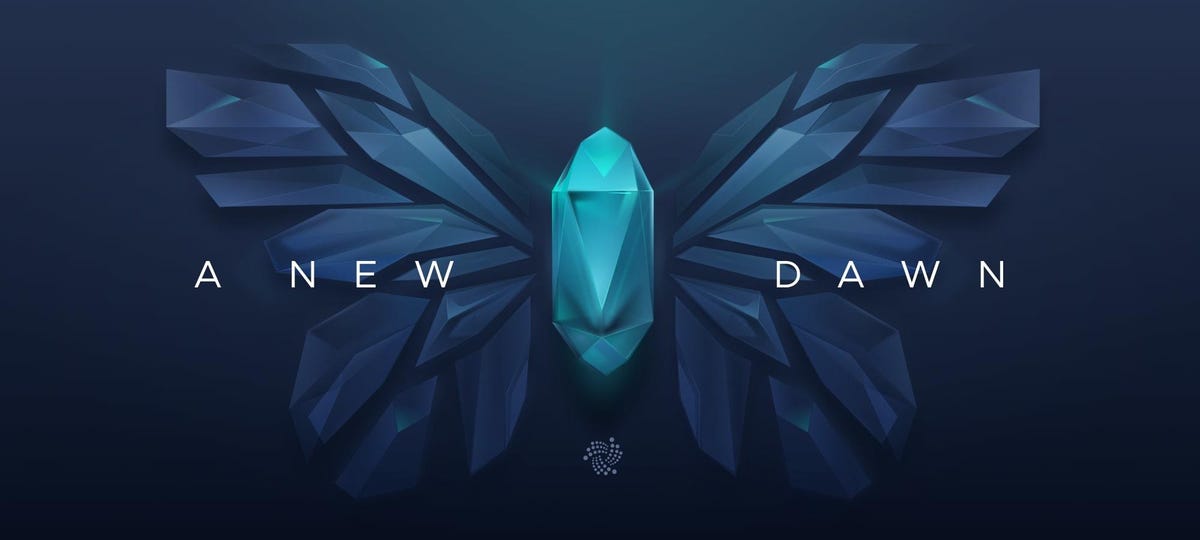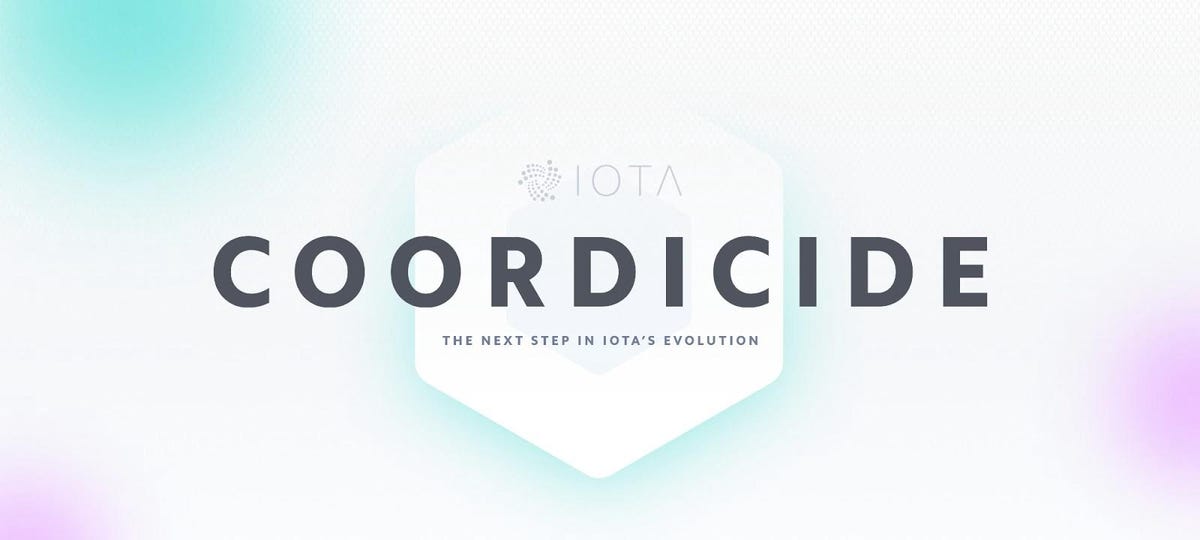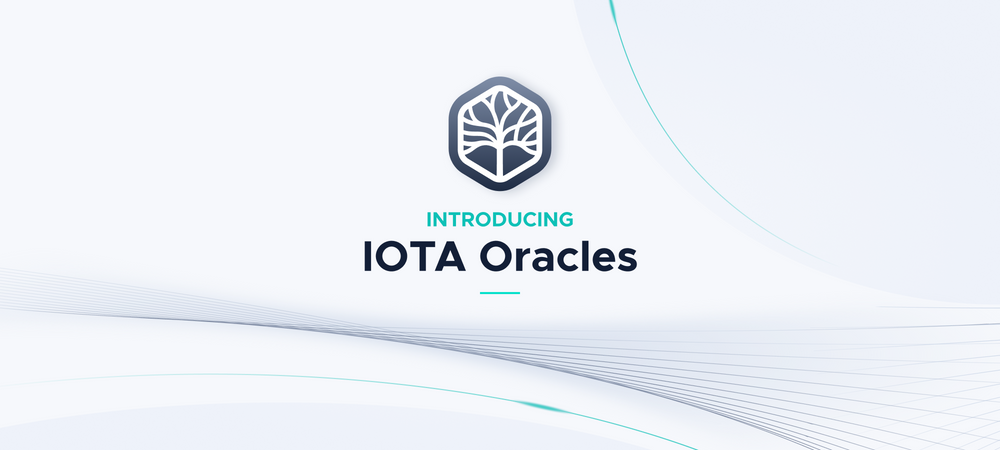One of the worst things that can happen to a cryptocurrency is a wallet hack. That, and a few more mishaps, is what happened to IOTA since 2017. As a result, IOTA lost momentum and market cap: from 4th overall, with a market cap of $13,2 billion in 2017, to 25th, with a market cap of $120 million today.
Today IOTA is rolling out the beta version of its new wallet. But that really is just the tip of the iceberg in a massive new technology rollout that will get things right this time, IOTA Foundation Co-founder and CEO Dominik Schiener told ZDNet.
Blockchain for nothing and transactions for free?
Lots of water has flowed under the bridge since 2017. Crypto was just entering the mainstream then, and ICOs (Initial Coin Offerings) were all the rage. Fast-forwarding to today, and the world at large crypto is still trying to figure out crypto, most ICOs have gone awry, and Non-Fungible Tokens (NFTs) are all the rage.
The real question, however, is how much the technology and the people behind and into it have matured. For the IOTA Foundation, a lot of things have changed, including the core team. As Schiener put it:
“The IOTA project in 2021 is a completely new project compared to 2017 because as you can probably understand when you start from nothing, which IOTA really did, and you build up something, you make many mistakes along the way”.
Sometimes these mistakes are technical, sometimes they are mistakes in communication – getting into public fights, for example. The important thing, Schiener noted, is to acknowledge and own those mistakes, and move forward.

IOTA is reinventing itself, with what it calls “A new dawn” for the project
For the last 1.5 years, IOTA has been working on a network upgrade, which Schiener said will resolve the issues. This upgrade, codenamed Chrysalis, marks a new dawn for IOTA, Schiener said. Before we get to Chrysalis, what it is, and how it resolves IOTA’s issues. However, let’s start with IOTA’s new wallet, which was rolled out today.
Schiener said that the vulnerability in the previous version of IOTA’s wallet was due to third-party integration. The new wallet has no 3rd party integrations, and it has been rewritten, modularized, and thoroughly audited a number of times, he went on to add.
Perhaps that could be seen as a metaphor for the new IOTA. Its main premise, namely solving the issues around blockchain by introducing a different data structure, remains. IOTA, like blockchains such as Bitcoin or Ethereum, is a distributed ledger. Unlike those, however, the data structure it uses is a directed acyclic graph (DAG), called the tangle:
“A new distributed ledger that doesn’t need the miners, the electricity, or the transaction fees to really have a protocol, a technology that is going to be production-ready and that billions of users, including machines and humans, are able to utilize and benefit from,” as Schiener summed up the vision.
The mistakes the new IOTA is out to fix
What went wrong then, and how is IOTA going to fix it — besides introducing a new wallet? Schiener focused on some key technical decisions that proved wrong, and are being retracted.
IOTA wanted to be quantum-proof, and that’s why it used a “special cryptography,” as Schiener put it. IOTA’s cryptography only allowed, for example, to utilize an address once. Reusing an address could lead to a loss of funds.
Another questionable decision was choosing to use ternary, rather than binary encoding for data. That was because, according to Schiener, the hypothesis of the future was that ternary is a much better and more efficient way to encode data. The problem is, as he went on to add, that this also needs ternary hardware to work.
There are more, having to do with the way the ledger is created. It’s still a DAG, but it has different algorithms. Schiener said that over the last one and a half years, IOTA has been reinvented and rewritten from the ground up. This new phase of the project is Chrysalis, which is this new network upgrade.


Coordicide is lingo for removing the coordinator from IOTA’s network, making it truly decentralized
With Chrysalis, IOTA is also moving toward what it calls Coordicide. This is a fancy term that simply means removing the coordinator node in the network that helps in the validation of transactions. This has been a major criticism of IOTA for a while. Schiener noted that a lot of research went into optimizing the consensus protocol behind IOTA so that it can run in a fully decentralized way.
Another noteworthy point is rate control: Determining which transactions among the ones issued are preferred. The way that will work in IOTA is by having the IOTA token holders generate a certain token in the network, called Mana, used to help to distribute this scarce resource, which is transaction throughput.
Schiener contests this enables IOTA to scale its transaction processing, without incurring processing fees that may stop use cases from working, as is the case on Bitcoin or Ethereum. This should work similarly to how the spectrum works today, he went on to add:
“In a spectrum today, we have different frequencies. And we also have different owners — largely telecom companies, but also investors. The same is going to happen with IOTA, where large companies that want to utilize the network are also going to acquire IOTA tokens because that enables their utility.”
Oracles, smart contracts, and real-world use cases
Speaking of which, Schiener mentioned a number of projects with partners such as Zebra Technologies or Trademark East Africa for transparent supply chains. A project that highlights IOTA’s angle is Alvarium, which is a collaboration with Dell.
Project Alvarium’s focus is how to secure data from IoT devices, and give that data confidence scores. Those scores aim to reflect confidence in having data that has not been tampered with and is secure enough to be utilized, shared, and monetized.
Schiener referred to Alvarium as a very exciting project and one that is going to be open-sourced. Besides Dell, IOTA is discussing with Intel and other large companies to develop Alvarium as a standard and a product, Schiener added.
The norm for that type of project in the industry is to work with permissioned chains (i.e. networks owned, controlled, and tailored to the needs of project participants). IOTA’s focus however is on permissionless chains (i.e. on utilizing the main IOTA network).
This, Schiener said, enables interoperability and ensures security. There’s lots of interest from big companies, and more of them understand that permissionless networks are more secure and prevent vendor lock-in, he went on to add. IOTA touts permissionless, although it can also be used to launch private networks.


Oracles are the key to enable interoperability between distributed ledgers and the outside world, and IOTA is introducing Oracles, too
Another recent addition to IOTA is oracles (i.e. the ability to bring data from the outside world to IOTA). Schiener referred to Alvarium as an IoT oracle and said that they want to empower third parties such as Chainlink to build oracles on IOTA. But, for the time being, IOTA is building its own oracle to bootstrap.
Last but not least, IOTA is also working on its own version of smart contracts, currently in alpha. These will be different from Ethereum’s “world computer” approach because IOTA will apply sharding to partition the network to sub-networks.
In this sharded network, nodes will process specific smart contracts that they are interested in and will thus be able to achieve much higher scalability and at lower fees than other networks, Schiener claimed. However, the goal is to maintain interoperability, and as part of that, IOTA smart contracts can also be programmed in Solidity, the programming language used for Ethereum smart contracts.
Schiener emphasized sharding as a key research area for IOTA’s future development. But even at the current transaction throughput, he said, IOTA can handle between 1,000 and 1,500 transactions per second on the Mainnet, which already enables many use cases.
A new dawn for IOTA?
All the above indeed point to a new phase for IOTA. Even in isolation, each of the novelties introduced would be interesting. Combined, they seem to make for a “completely new project,” as Schiener put it, despite having kept the core ideas behind IOTA.
IOTA and Schiener certainly do not lack ambition. Whether they can deliver on the big promise of the new IOTA largely depends on the maturation not just of the technology per se, but also the organization behind the technology.
The IOTA Foundation employs about 140 people today. Its funds consist of what Schiener referred to as the Treasury — IOTA tokens received as a donation. The IOTA Foundation is also funded by research grants and is looking into setting up for-profit initiatives together with its corporate partners, in order to achieve financial independence.
The timeline that Schiener shared is rather aggressive, aiming to deliver all of the above within 2021. It will be interesting to keep an eye on IOTA, to see whether these bold ideas can come to fruition.






















